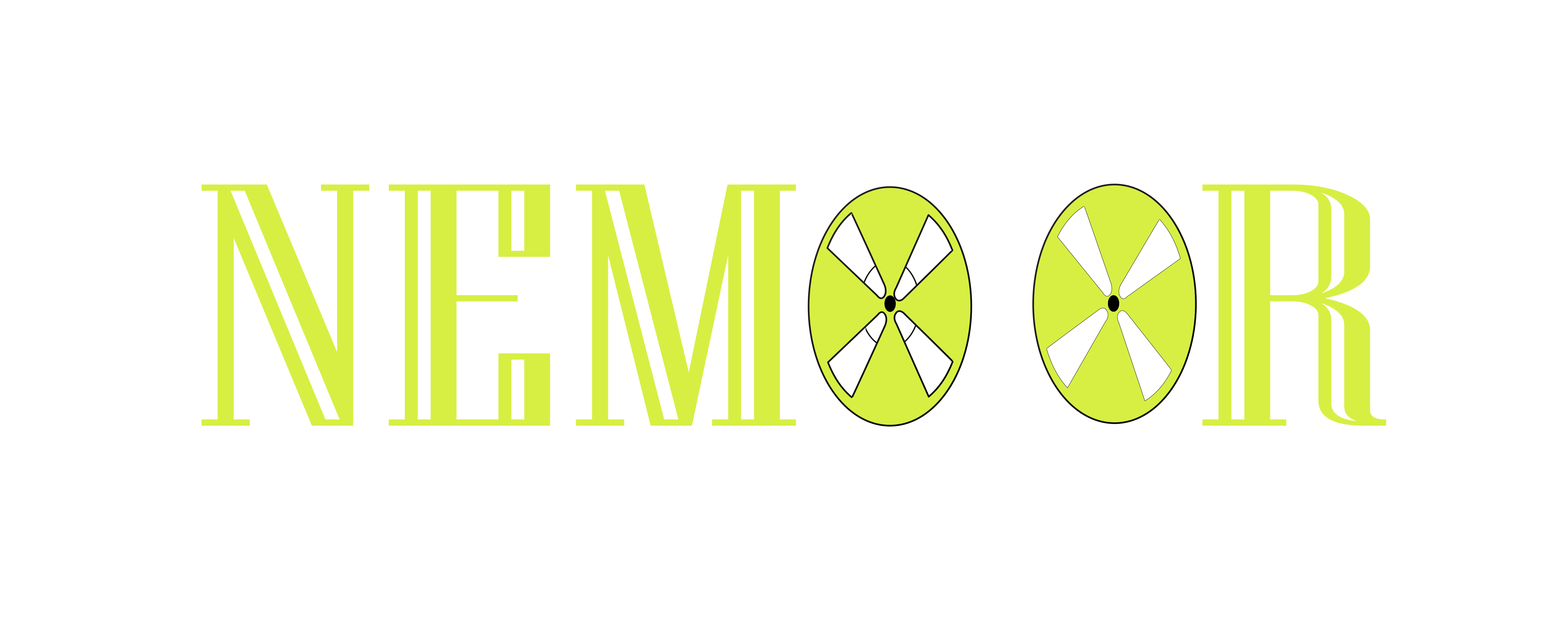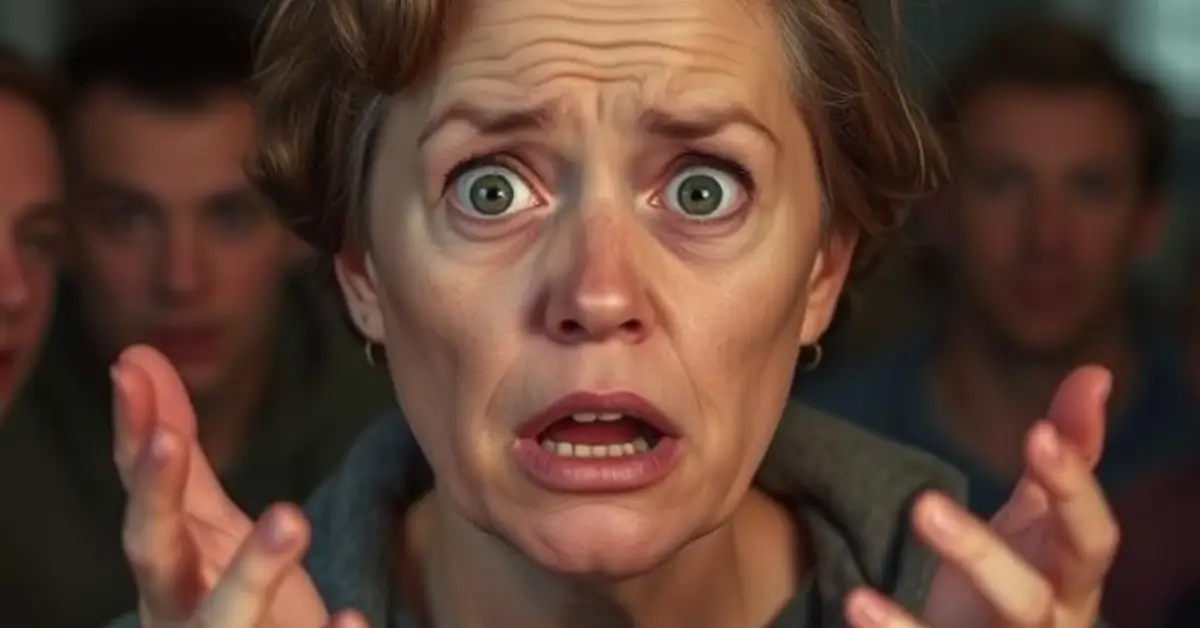Through Anxious Eyes: 5 Films That Powerfully Capture the Experience of Anxiety
“5 Films That Powerfully Capture the Experience of Anxiety”, In an era where mental health awareness continues to grow, cinema has emerged as a powerful medium for exploring psychological struggles. Among these, anxiety with its racing thoughts, physical manifestations, and overwhelming sense of dread presents filmmakers with unique storytelling challenges. How does one visualize an internal state that millions experience yet struggle to articulate? The most effective films about anxiety don’t merely depict characters with anxiety disorders; they immerse viewers in that experience, creating empathy and understanding through innovative cinematic techniques. The following five films stand out for their authentic, nuanced, and compelling portrayals of anxiety in its various forms.
Thank you for reading this post, don't forget to subscribe!1. “Uncut Gems” (2019) – Anxiety as Sensory Overload
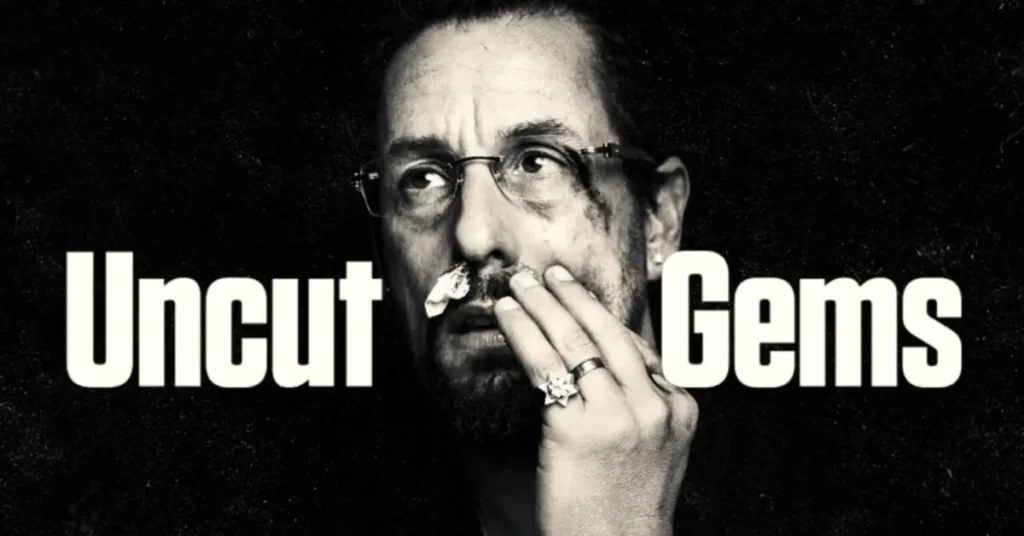
The Safdie brothers’ “Uncut Gems” stands as perhaps the most viscerally anxiety-inducing film of recent years. Following gambling addict Howard Ratner (Adam Sandler) through a series of increasingly high-stakes bets, the film replicates anxiety not just through its protagonist’s choices but through its entire aesthetic approach.
What makes “Uncut Gems” revolutionary in its portrayal of anxiety is how it makes viewers feel what Howard feels. The cacophonous sound design features overlapping dialogue that becomes nearly indecipherable at moments of peak stress. Darius Khondji’s claustrophobic cinematography, with its tight close-ups and frenetic movement, traps viewers in Howard’s perspective. Daniel Lopatin’s synthesizer score creates an atmosphere of escalating tension that rarely offers relief.
Howard’s anxiety manifests as an addiction to the rush of risk, a desperate need to silence his internal chaos through external stimulation. Sandler’s career-defining performance captures the manic energy, poor impulse control, and paradoxical self-destructive optimism that often accompanies severe anxiety. We watch him make one disastrous decision after another, unable to break free from patterns that are clearly leading to his downfall.
In one particularly affecting sequence, Howard is locked in his shop’s vestibule, trapped between doors as threats close in from both sides. This visual metaphor perfectly encapsulates the experience of anxiety trapped, exposed, with danger pressing in from all directions. By the film’s conclusion, viewers have experienced a sustained panic attack in cinematic form, offering profound insight into how anxiety can drive self-sabotaging behavior.
2. “The Aviator” (2004) – Anxiety and Obsessive-Compulsive Disorder
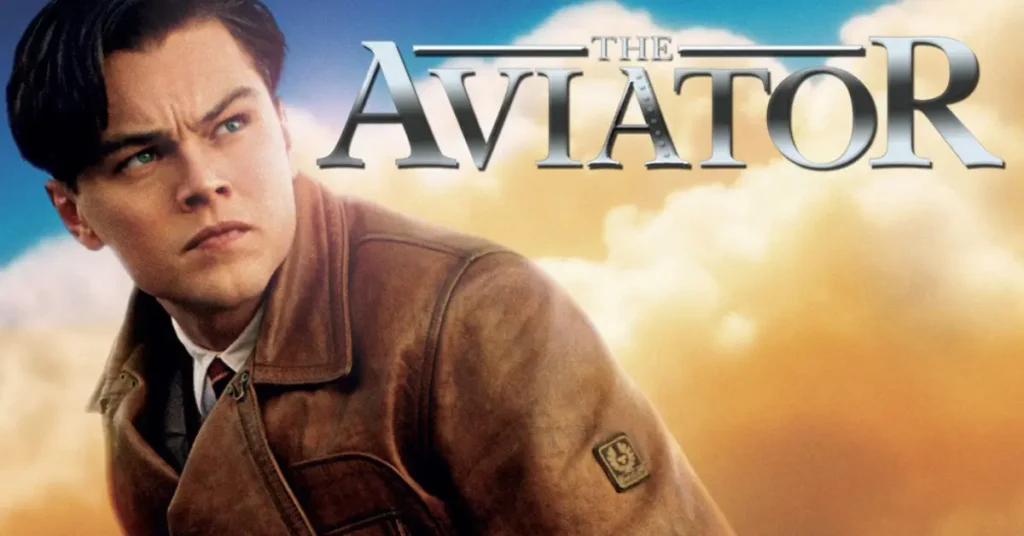
Martin Scorsese’s biopic of Howard Hughes tackles anxiety in its most severe form, showing how obsessive-compulsive disorder (OCD) can both drive success and ultimately lead to isolation and suffering. Leonardo DiCaprio’s portrayal of Hughes goes beyond depicting eccentricity, revealing how anxiety and compulsions can progressively consume a person’s life.
“The Aviator” excels in showing the progression of anxiety disorders. Early in the film, Hughes displays mild germophobia and perfectionism that actually serve his ambitious projects. As stressors mount, however, these manageable quirks evolve into debilitating rituals. Scorsese employs visual techniques to indicate Hughes’s deteriorating mental state most notably the color grading that shifts throughout the film to mimic the two-strip and three-strip Technicolor processes of the eras depicted, becoming more distorted as Hughes’s perception of reality warps.
The film’s most powerful scene shows Hughes locked in a bathroom, unable to touch the doorknob to leave, endlessly repeating phrases as he tries to find a clean towel. DiCaprio’s performance captures the exhausting internal battle of someone who logically knows his fears are irrational but remains emotionally imprisoned by them. This scene illustrates how anxiety can create a prison invisible to others but all too real to the sufferer.
Unlike many films that romanticize mental illness in creative figures, “The Aviator” shows both the tremendous toll of Hughes’s condition and the way society often excuses or enables destructive behaviors in those who achieve greatness. It stands as a testament to how anxiety disorders can coexist with brilliance while exacting a devastating personal cost.
3. “Eighth Grade” (2018) – Social Anxiety in the Digital Age
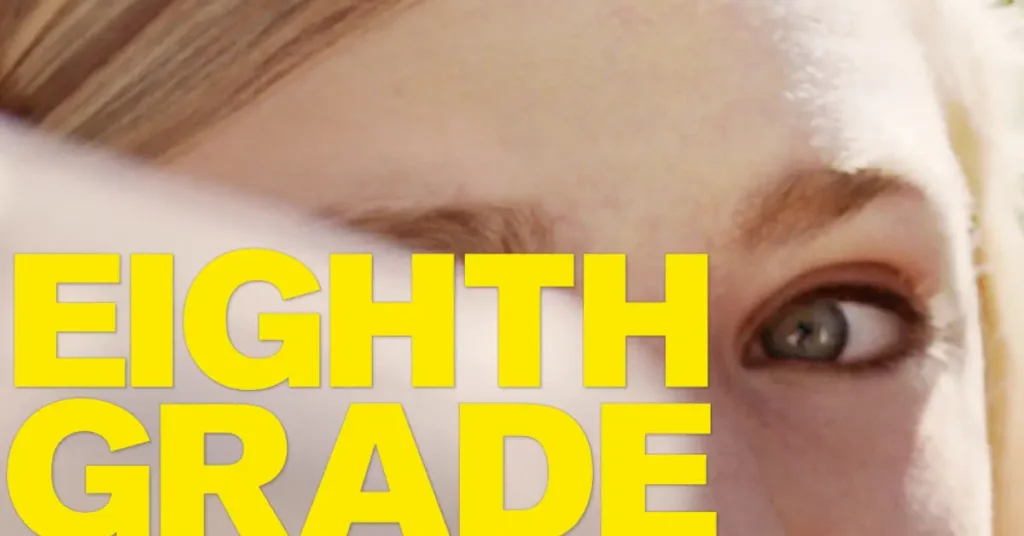
Bo Burnham’s directorial debut captures the universal adolescent experience of social anxiety with such precision that watching it can feel like revisiting one’s own teenage years. Focusing on 13-year-old Kayla (Elsie Fisher) during her final week of middle school, “Eighth Grade” portrays social anxiety in the digital era with remarkable authenticity and compassion.
The film brilliantly contrasts Kayla’s online persona where she creates confident advice videos for a virtually non-existent YouTube audience with her painfully awkward real-life interactions. This duality perfectly captures how social media simultaneously provides an escape from and amplifies social anxiety. In one scene, Kayla rehearses conversations before making a phone call, a moment of vulnerability that resonates with anyone who has ever scripted social interactions in advance.
Burnham’s direction places viewers squarely in Kayla’s perspective through subjective filmmaking techniques. At a pool party, the camera stays close to Kayla as she navigates a social minefield, the soundtrack overwhelmed by Anna Meredith’s pulsating electronic score that mimics a racing heartbeat. We experience the crushing weight of her self-consciousness in real-time.
What elevates “Eighth Grade” above typical coming-of-age stories is its refusal to provide easy resolutions. Kayla’s anxiety doesn’t magically disappear after a breakthrough moment; instead, she learns to take small steps forward despite her fears. The film suggests that courage isn’t the absence of anxiety but action in its presence a message that resonates with viewers of all ages who struggle with social situations.
4. “Punch-Drunk Love” (2002) – Anxiety and Emotional Regulation
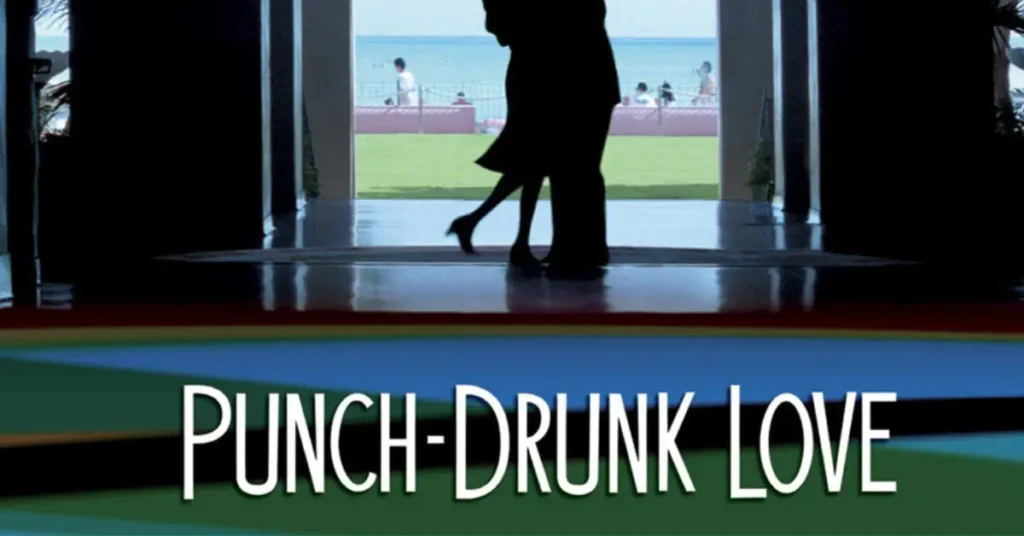
Paul Thomas Anderson’s unconventional romantic comedy features Adam Sandler as Barry Egan, a novelty toilet plunger salesman whose life is dominated by social anxiety, emotional outbursts, and seven domineering sisters. Through its innovative visual and auditory techniques, “Punch-Drunk Love” creates one of cinema’s most accurate representations of what anxiety feels like from the inside.
Anderson translates Barry’s internal state into cinematic language through Jon Brion’s percussion-heavy score, which often builds to overwhelming crescendos during moments of stress. The film’s color palette, dominated by blues (representing Barry’s depression) and complementary bursts of red (his rage and passion), visually expresses his emotional extremes. Abstract interludes by artist Jeremy Blake punctuate the narrative, representing Barry’s attempts to find beauty and order amid his chaotic thoughts.
The film portrays anxiety not just through panic but through its social consequences Barry’s isolation, his difficulty connecting with others, and his vulnerability to exploitation (as seen in the phone-sex extortion subplot). Particularly affecting is Barry’s habit of sudden weeping and destructive outbursts when overwhelmed, showing how anxiety can lead to emotional dysregulation when pressure builds beyond coping capacity.
What makes “Punch-Drunk Love” ultimately hopeful is how it depicts connection as a path through anxiety. Barry’s relationship with Lena (Emily Watson) doesn’t “cure” his anxiety but provides motivation to manage it. The film suggests that love doesn’t eliminate our psychological struggles but can give us reasons to face them a more nuanced and realistic message than typical romantic narratives.
5. “Adaptation” (2002) – Anxiety and Creative Paralysis
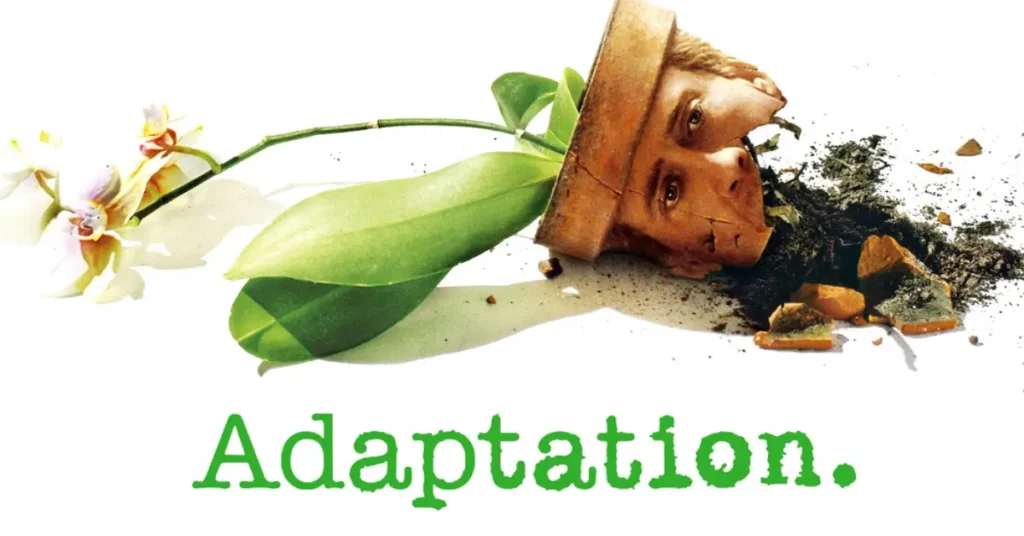
Charlie Kaufman’s meta-screenplay brought to life by director Spike Jonze offers perhaps the most intellectually complex portrayal of anxiety on this list. Nicolas Cage plays both Charlie Kaufman (a fictionalized version of the screenwriter himself) and his fictional twin brother Donald, with Charlie representing creative anxiety in its most crippling form.
“Adaptation” brilliantly depicts the particular torture of overthinking and perfectionism that can paralyze creative individuals. Charlie’s voiceover narration spirals through self-doubt, self-loathing, and increasingly absurd worries as he struggles to adapt Susan Orlean’s book “The Orchid Thief” into a screenplay. His anxiety manifests physically through constant sweating, stammering, and avoidance behaviors that will feel painfully familiar to anyone who has experienced severe anxiety.
The film’s structure itself mirrors an anxious mind fragmented, self-referential, and constantly questioning its own choices. Kaufman’s screenplay blurs the line between reality and fiction, eventually transforming into exactly the type of conventional thriller Charlie initially despised, representing both surrender to and transcendence of his anxiety.
Particularly insightful is the film’s portrayal of how anxiety creates a gap between self-perception and reality. While Charlie sees himself as repulsive and untalented, others view him as brilliant and accomplished. This distortion of self-image represents one of anxiety’s most insidious effects the way it convinces sufferers that their worst fears about themselves are objective truth rather than anxious thinking.
Conclusion: Cinema as Anxiety Translator
What unites these five films is their ability to translate anxiety from an internal experience to something viewers can see, hear, and feel. Through innovative sound design, visual techniques, narrative structure, and performances, they create empathy even in viewers who may never have experienced clinical anxiety. They go beyond merely depicting characters with anxiety to making the audience temporarily inhabit an anxious mind.
As mental health awareness continues to grow in importance, films like these serve a crucial cultural purpose. They help those without anxiety better understand the experiences of loved ones who struggle with it. For those who do live with anxiety, these films offer the profound comfort of recognition the realization that others have felt these seemingly unspeakable feelings and found ways to express them.
The most valuable insight these films collectively offer is that anxiety, while potentially debilitating, is also deeply human. Whether through Howard Ratner’s self-destructive gambling, Howard Hughes’s brilliant but tortured mind, Kayla’s teenage awkwardness, Barry Egan’s emotional extremes, or Charlie Kaufman’s creative paralysis, we see anxiety not as an alien affliction but as an intensification of universal human experiences fear, uncertainty, and the fundamental desire to connect despite the risks that connection entails.
In watching these characters navigate their anxiety sometimes successfully, sometimes not we gain not just understanding but a sense of shared humanity that is, perhaps, the most effective antidote to the isolation anxiety so often creates.
